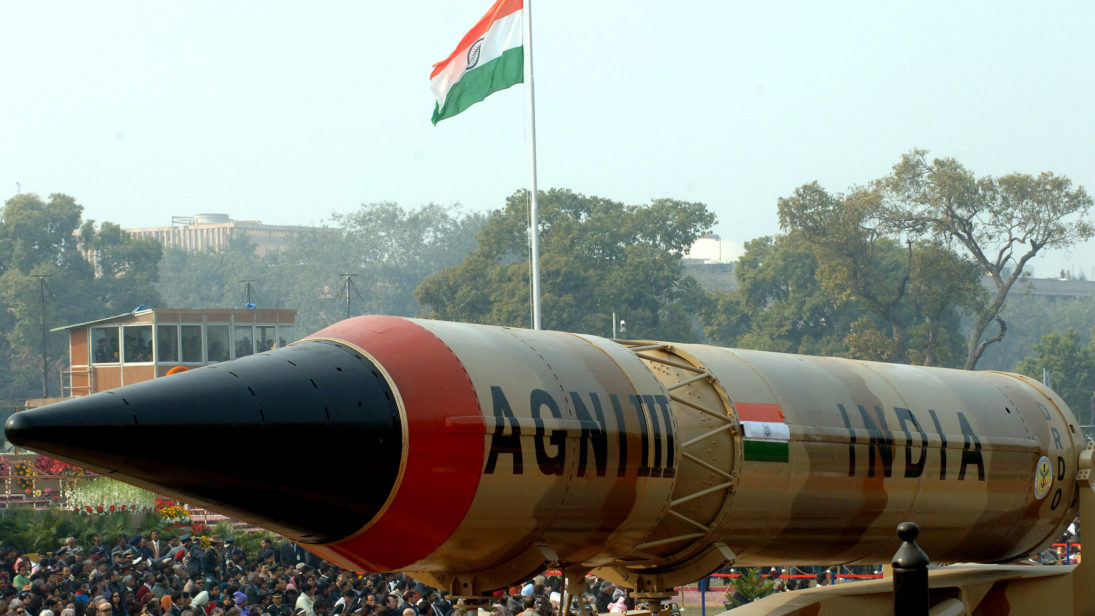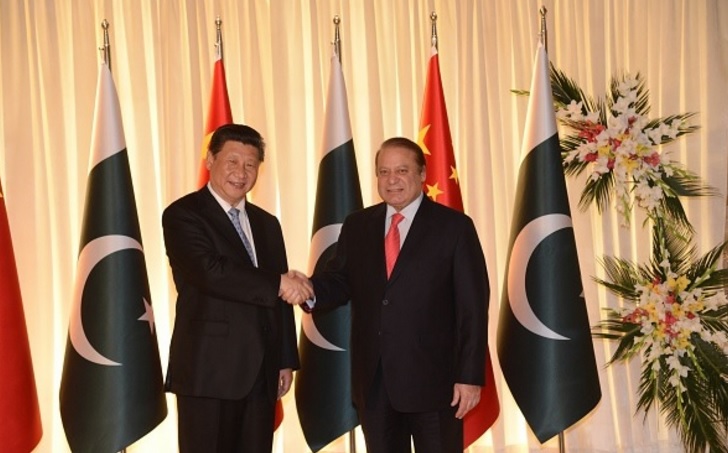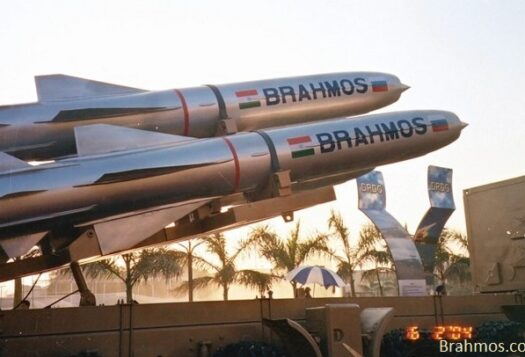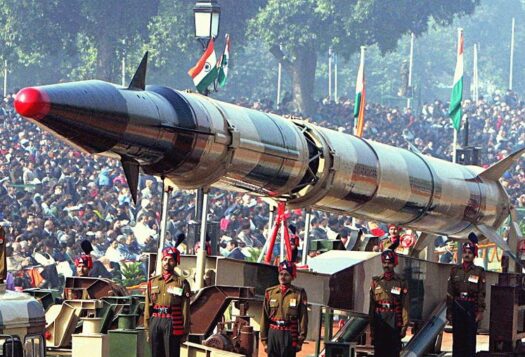
Professor Vipin Narang’s comments at the 2017 Carnegie Nuclear Policy Conference have generated considerable debate about India’s nuclear posture and doctrine – specifically putting in focus India’s no first use (NFU) pledge. Narang claimed that in the event of a military crisis, if India believed Pakistan was going to use tactical nuclear weapons(TNWs), it would not limit itself to conventional strikes when taking out Nasr batteries within the theater of battle. He argued that India might also launch a comprehensive counterforce first strike to eliminate the possibility of a nuclear exchange. Additionally, as analysts have latched onto this statement, a much subtler point regarding “decoupling” of nuclear strategy has escaped attention. The NFU claim needs to address some contradictory evidence while decoupling could signal that India does not see a collusive military threat from Pakistan and China besides presenting doctrinal challenges in specific scenarios.
Jumping the Gun?
Narang based his analysis on excerpts from former Indian National Security Advisor Shivshankar Menon’s book, former Indian Minister of Defense Manohar Parrikar’s statements, and writings of former Commander-in-Chief of the Strategic Forces Command (SFC) Lt. Gen. BS Nagal.
Though Parrikar was the defense minister when he made those comments questioning the efficacy of India’s NFU, he is known to make controversial statements and express bravado for the purpose of maintaining his charismatic profile rather than as a serious effort to instigate a policy debate.
The views of the other two figures merit more attention, and analysis regarding the direction of the debate on nuclear doctrine in India is needed. The debate itself is important in that it contributes to and affects the impending strategic culture. By guiding the discourse in a certain direction, these high-level statements impact India’s future policy choices as well as of other countries that take the Indian nuclear doctrine into account when determining their own policies. However, one must not put the cart before the horse by drawing conclusions from these statements when a substantive debate has yet to happen. Besides, inferring that India would go for a first strike rather than limiting Pakistan’s third strike is based solely on a rational choice analysis of nuclear strategy and does not account for the fundamental objective of the Indian nuclear doctrine: to avoid fighting a nuclear war. Additionally, the NFU pledge is extremely valuable with regard to India’s image as a responsible nuclear power. Any revocation of that pledge would diminish prospects for Indian entry into the coveted Nuclear Suppliers Group.
The Erosion of Indian NFU?
Narang contends that preemptive nuclear use is possible using the argument that India’s NFU pledge has already eroded in the official doctrine with the allowance of nuclear use in response to a chemical or biological weapons attack. He goes on to claim that India might in the future position itself to conduct a comprehensive counterforce nuclear strike if Pakistan uses TNWs or poses an imminent threat to do so.
It is true that with the promulgation of a revised nuclear doctrine in 2003, India had added an element of conditionality to its NFU pledge by retaining the nuclear option in case of a biological or chemical attack. But to consider this conditionality an erosion of the NFU pledge is perhaps not a correct interpretation. There is a norm for non-use of chemical and biological weapons, the same way there is for nuclear weapons. The Indian NFU pledge therefore largely stands where it did in the earlier draft version, and the substance of that pledge remains intact by adhering to the international norm of non-use of weapons of mass destruction (WMDs).
With regard to a comprehensive nuclear first strike, Manpreet Sethi has rightly pointed out that a credible nuclear first strike would require a more accurate nuclear arsenal, surveillance, reconnaissance, and intelligence capabilities, and other high-end technologies that India does not possess right now. Therefore, India does not have the luxury of going for a disarming counterforce first strike without risking a devastating countervalue strike by its adversary.

Decoupled Nuclear Strategy
Narang’s subtler point about a potential “decoupling” of India’s nuclear strategy also merits attention. Such decoupling could signal that India does not perceive a collusive military threat from the Pakistan-China alliance, also known as the “two-front scenario.” Considering the fact that the China-Pakistan Economic Corridor (CPEC) passes through Gilgit-Baltistan, a disputed territory, and that Chinese naval activity has seen an upsurge in Gwadar, the idea that India will not face joint military threat from Pakistan and China may not be a foregone conclusion. Although the Chinese still maintain neutrality on the Kashmir issue in their official statements, India cannot take this position for granted. Eventually, if and when Pakistan absorbs Gilgit-Baltistan as its fifth province by amending its constitution, China’s participation in CPEC will in effect legitimize Pakistan’s actions.
A two-front scenario is therefore a possibility that cannot be discounted, and hence a decoupled posture could present doctrinal difficulties for India. In case of a joint Pakistan-China war against India, if attacking Chinese troops are situated on Pakistani soil, it will not be simple to deduce if the NFU posture is applicable to both parties or neither party. A decoupled posture could imply that either India would be adhering to the NFU pledge against Pakistan because of the presence of Chinese troops, even as Pakistan would be free to cross the nuclear threshold using TNWs, or it will cross the nuclear threshold first against Pakistan and subsequently be forced to do the same against China.
Conclusion
Although Prof. Narang’s assertion regarding India’s counterforce posture cannot be dismissed, one may need more compelling reasons to buy his theory. Nevertheless, his point about decoupled nuclear strategy should make analysts take notice of the doctrinal challenges India may face and the strategic perception India may have regarding the Pakistan-China alliance.
***
Image 1: Flickr
Image 2: Getty Images, Andalou Agency


